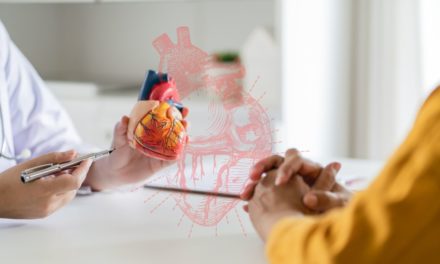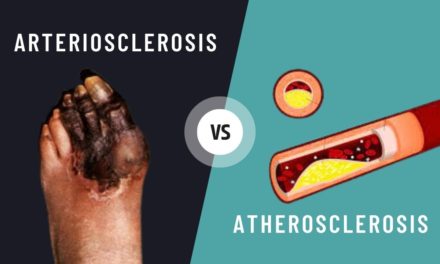Overcoming Anxiety: Understanding, Treating, and Preventing the Silent Intruder
Introduction:
Anxiety, a common mental health disorder, affects millions of people worldwide, crossing age, gender and cultural boundaries. It manifests as excessive worry, fear, and dread, often accompanied by physical symptoms. Understanding the nature of anxiety, recognizing its effects, and implementing appropriate treatment and prevention strategies are critical to managing the condition and promoting overall well-being. In this article, we delve into the world of anxiety, exploring its causes, symptoms, treatment options, and preventative measures.
1. Understanding Anxiety:
Anxiety is a normal emotional response to perceived threats or stressful situations. However, when anxiety becomes excessive, persistent, and interferes with daily life, it may indicate an anxiety disorder. Common anxiety disorders include generalized anxiety disorder (GAD), panic disorder, social anxiety disorder (SAD), and specific phobias. These disorders are characterized by intense anxiety, irrational fears, avoidance behaviors, and a range of physical symptoms.
2. Symptoms and Effects:
Anxiety disorders are characterized by a variety of physical, cognitive, and behavioral symptoms. These may include:
- a Physical symptoms: restlessness, fatigue, muscle tension, headache, rapid heart rate, shortness of breath, upset stomach, and sleep disturbances.
- b Cognitive symptoms: excessive worry, racing thoughts, difficulty concentrating, irritability, fear of losing control, and sense of impending doom.
- c Behavioral symptoms: avoidance of dynamic situations, social withdrawal, excessive reassurance, repetitive behaviors, and difficulty making decisions.
Anxiety has an impact beyond the individual’s emotional well-being. It can disrupt relationships, impair work or academic performance, and, if left untreated, can contribute to the development of other physical and mental health conditions.
3. Treatment Options:
Treatment for anxiety disorders often involves a combination of therapy, medication, and self-help strategies. The following methods are commonly used:
- a Psychotherapy: Cognitive-behavioral therapy (CBT) is an evidence-based approach that helps individuals identify and challenge negative thought patterns, develop coping strategies, and gradually cope with anxiety-provoking situations. I help.
- B. Medications: Antidepressants, particularly selective serotonin reuptake inhibitors (SSRIs) and benzodiazepines, may be prescribed to reduce anxiety symptoms. These medications should be given under the supervision of a healthcare professional.
- c Other treatment modalities: Other treatment modalities, such as mindfulness-based stress reduction (MBSR), relaxation techniques, and exposure therapy, may also be beneficial in managing anxiety.
4. Prevention Strategies:
Although it is not possible to completely prevent anxiety disorders, certain strategies can help reduce the risk and reduce the effects of anxiety. Consider the following precautions:
- a Self-care and stress management: Engage in regular exercise, practice relaxation techniques such as deep breathing and meditation, maintain a healthy diet, get enough sleep, and prioritize self-care activities Which promote mental health.
- b Healthy lifestyle habits: Limit caffeine and alcohol consumption, as these substances can exacerbate anxiety symptoms. Establish a routine that includes regular breaks, adequate rest, and time for hobbies and social interactions.
- c Support system: Develop a strong support network of friends, family, or support groups. Talking openly about feelings and seeking help can provide reassurance and help reduce anxiety.
- d Seek professional help: If anxiety symptoms persist or significantly interfere with daily life, it is important to seek professional help from a mental health provider. Early intervention can prevent anxiety from escalating and facilitate timely treatment.
5. Holistic approach:
In addition to therapy and medication, holistic approaches can complement the treatment of anxiety. These may include practicing mindfulness and relaxation techniques, engaging in physical activities that promote the release of endorphins, pursuing creative outlets, and exploring alternative therapies such as acupuncture or aromatherapy. It is important to consult a health care professional before incorporating any alternative therapies into a treatment plan.
Result:
Anxiety, a prevalent mental health disorder, can significantly affect an individual’s quality of life. By understanding its causes, recognizing its symptoms, and taking appropriate treatment and prevention measures, individuals can effectively manage anxiety and promote overall well-being. Emphasizing the importance of self-care, seeking professional help when needed, and fostering a supportive environment that encourages open dialogue about mental health are critical. Through a comprehensive and comprehensive approach, we can overcome the challenges posed by anxiety and empower individuals to live free from the grip of excessive worry and fear.










